
Make all the antennas on the router point towards the phone, my phone signal must be the strongest If you think the same way, then you are completely wrong! This article takes you to understand the basic knowledge of antennas, learn some tips for antenna placement, and you are the king of signals in the crowd!
To test the signal, the antenna was straightened! It is believed that straightening the antenna can generate directional signal radiation effects.
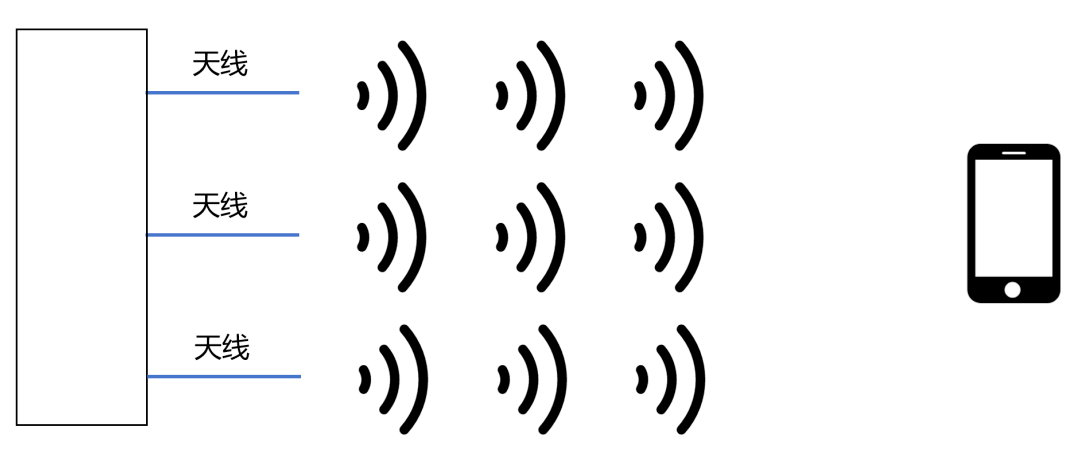
So, is this really the right thing to do? In addition, many people often ask: Our Wi Fi router at home has multiple antennas. How should these antennas be directed to achieve better propagation effects?
Antennas are actually very familiar to everyone. But wherever there is wireless technology, there are basically antennas. Its purpose is to send and receive radio waves.
More professionally speaking, an antenna is a "converter" - transforming the guided waves propagating on a transmission line into electromagnetic waves propagating in free space, or vice versa.
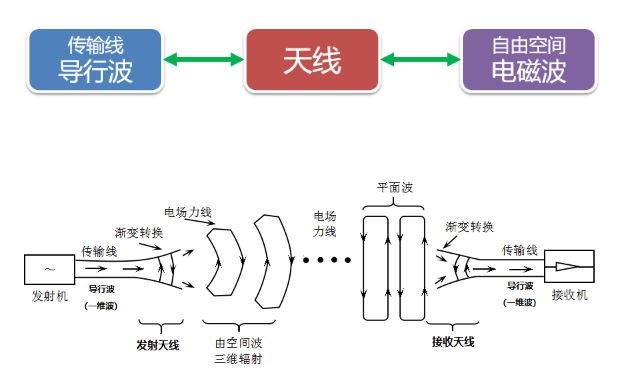
The function of antenna
How does an antenna achieve the conversion between guided waves and space waves? See the following picture:
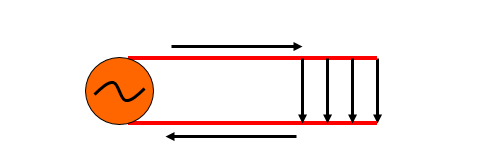
In high school physics, I learned that when two parallel wires have alternating current, electromagnetic radiation is formed. When two wires are very close, the radiation is very weak (the direction of the wire current is opposite, and the induced electromotive force generated is almost cancelled out). When two wires are opened, the radiation will increase (the direction of the wire current is the same, and the direction of the induced electromotive force generated is the same).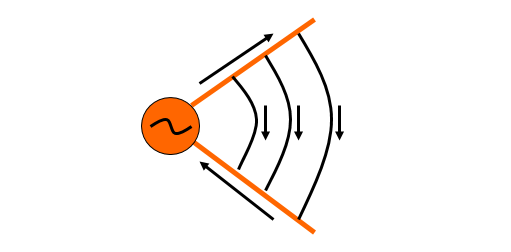
When the length of the wire increases to 1/4 of the wavelength, a significant radiation effect can be formed!

Electric generation of magnetism, magnetic generation of electricity
Let's take another animated picture and experience this beautiful process:
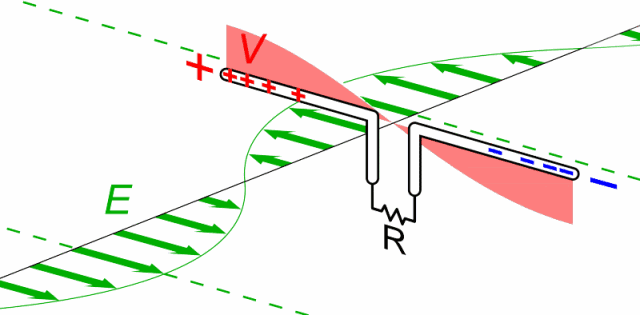
The change in the direction of wire current generates a changing electric field
The two straight wires that generate an electric field are called oscillators. What is a oscillator like in the real world? Duang! That's it——
These metal pieces are called half wave symmetric oscillators (non reduced), which is actually just a traditional form of oscillator and has N transformations.
People may ask: Isn't the antenna we see in real life like this? The reason is simple: to be precise, the oscillator is not a complete antenna. The oscillator is the core component of the antenna, and its shape will change with the shape of the antenna. And the shape of the antenna is even more diverse... Sometimes, there is an antenna cover outside the antenna, which covers the real oscillator inside, which can cause you to misunderstand the actual shape of the antenna.
The appearance of antennas is diverse and can be roughly classified into the following categories based on similarity:
Whip antenna, parabolic antenna, Yagi antenna
As mentioned at the beginning of this article, the antenna in the video is the most common vertically polarized pole antenna, similar to a whip antenna, which is also an omnidirectional antenna.
So, how does the signal of this antenna propagate outward? Just take a look at its signal direction diagram and you'll understand:

Yes, its signal propagates around the vertical direction of the "stick". Professionally speaking, it is' the smallest in the axial direction and the largest in the normal direction '. As you can see, the direction of signal propagation is perpendicular to the antenna. That is to say, the direction pointed by the top of the antenna has the weakest signal.
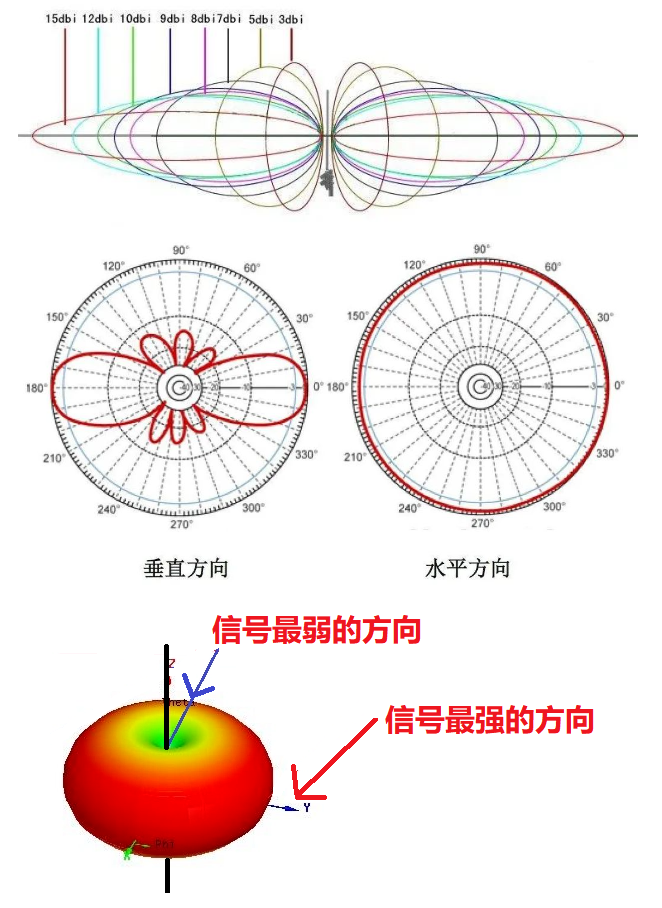
So, to maximize the effectiveness of this antenna, it should be placed in the following way:
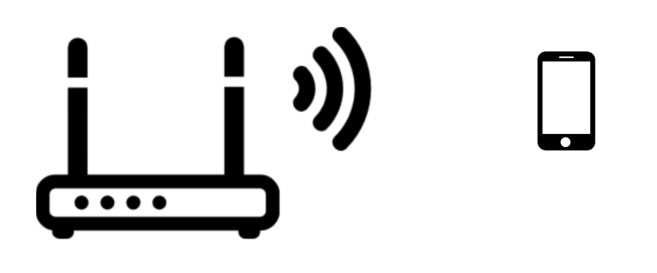
Similarly, if you want to achieve better results on your home router, it is recommended to place the antenna vertically.
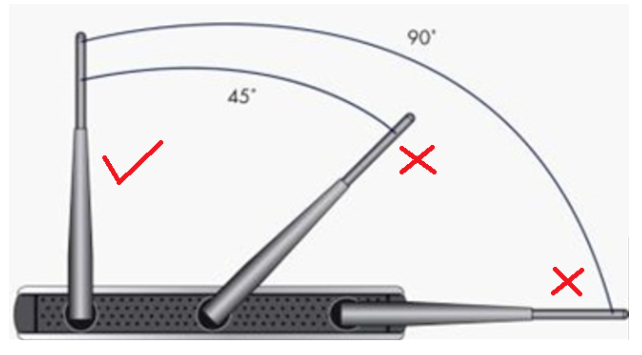
If the antenna is placed horizontally, it will look like this:
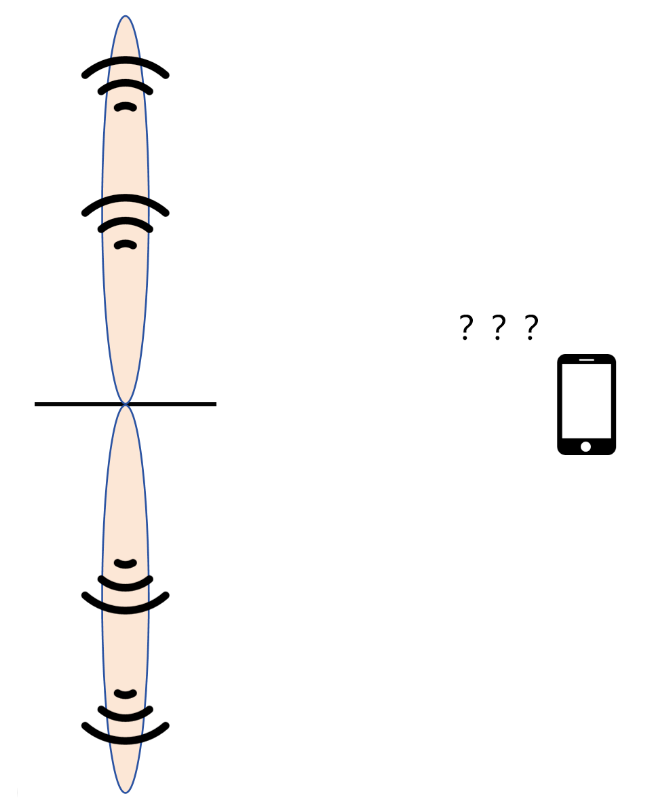
Pointing towards the pendulum is even worse, the signal is the worst.
Of course, if your router is placed relatively high or low, adjusting the antenna angle appropriately is also possible.
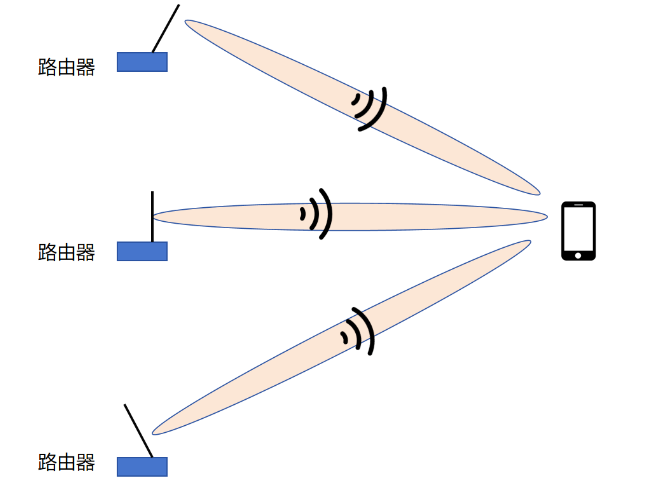
Regarding the placement of antennas, there are some common sense points that need to be noted:
1. It is rumored online that placing a can on the antenna will enhance the signal. This is incorrect and will not result in greater gain.
2. Do not get too close between antennas, otherwise there may be interference between them.
3. The more antennas a router has, the better. Different antennas have different purposes, such as 2.4GHz or 5GHz signals. The MIMO (multi antenna transmission and reception) supported by mobile phones is limited, usually 2X2 or 4X4. It does not mean that your router has 100 antennas and one mobile phone can communicate with it. Nowadays, many routers have a lot of antennas, which may just be to increase the number of devices.